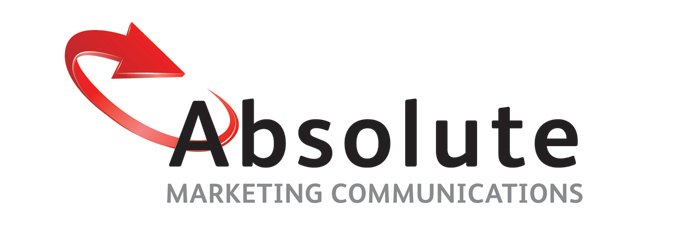Most people know that social media ads are tailored based on your online search history. As a copywriter, my online footprint encompasses copywriting, freelancing, small business ownership etc so whenever I scroll through my socials I am inundated with ads from entrepreneurs and self-made millionaires offering to share their secrets on how to earn six figures in a short amount of time.
These entrepreneurs often tell their story in the hope that you’ll subscribe to their course or buy their book or guide which will unleash the secrets that will lead to your overnight success. Of course, when you purchase either of these, you’re contributing to their success!
I think it’s great that these people are successful at what they do but are they honest about how they got to where they are? Sure, their book or course may give you some insights into increasing your earning potential but is it how they did it?
Did they work 12-hour days to get their business off the ground? Did they have some sort of investment or cash injection from a well-off friend or family member to start them off? How hard was it to land their first client?
Unfortunately, when you purchase their guide to becoming a millionaire or their course, you’re only getting half the story. As much as we all want to believe that you can do anything you set your mind too, we also have to be realistic and realise that to get anywhere in life you need to work hard.
You can’t sell a dream (i.e., a book or a course) without painting the whole picture. So, next time you see one of these ads, by all means take a look and see if maybe it is for you but do so with an open mind.

